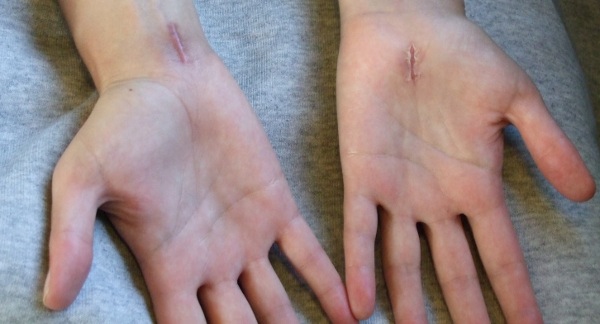Carpal tunnel syndrome has something of an unusual name, but it isn’t nearly as mysterious as it sounds. Doctors diagnose the condition in patients when they suspect a compression of the median nerve. This major nerve connects sensations in the hand to the rest of the body.
The term “carpal tunnel syndrome” comes from a passage that runs through the center of the wrist bone. The purpose of the structure is to protect the nerve on its way to the hands and fingers, helping it survive knocks, bumps, and scrapes.
Problems with the median nerve are potentially quite serious, though. It controls the movement and feeling in all of the fingers, except for the little finger. So if there are problems with it, you know about it.
Symptoms include itching and numbness in the palm, a feeling of shock when you move your fingers, and a tingling sensation that makes its way up your arm.
Carpal tunnel syndrome has become more common over recent years, and researchers are trying to figure out why. So far, they’ve identified several causes that could explain how it develops, including being heritable in families. The most significant cause of carpal tunnel syndrome are jobs that involve making the same, repetitive motions, over and over.
Plenty of work falls into this category. Sewers and knitters, for instance, are at high risk because they have to continually move their fingers and wrists in the same way, which could compress the median nerve. Assembly workers can also experience similar symptoms. Putting components together in the same way, day after day, can lead to related issues.
More broadly, it is also an issue that can affect anyone who spends all day at a keyboard. Repetitive typing motions can lead to damage to the nerve over time.
How To Treat Carpal Tunnel Syndrome
Solutions are quite industry-specific. A split keyboard may help reduce or eliminate symptoms for an office worker, for instance. Cashiers, on the other hand, may simply need to use note-counting machines. Musicians – another group who often get carpal tunnel syndrome, may need to adjust how they practice for performances.
Another way to prevent and treat carpal tunnel syndrome is to start stretching more. This action can strengthen your muscles and help the nerve move more smoothly back and forth through the carpal tunnel.
You can also reduce the symptoms of the condition via immobilization, keeping the arm still in a splint.
For some people, immobilizing the arm is necessary to help with sleep. Carpal tunnel syndrome can become distracting and even painful at night, as you’re trying to drift off. Keeping the arm still can help reduce numbness and tingling sensations, helping you sleep better and accelerate your recovery.
Carpal tunnel syndrome isn’t usually something that will go away of its own accord. If you don’t deal with it, it often gets worse and can lead to permanent sensory issues in your hands. If you suspect you have the condition, speak with your doctor, and start treatment early.
